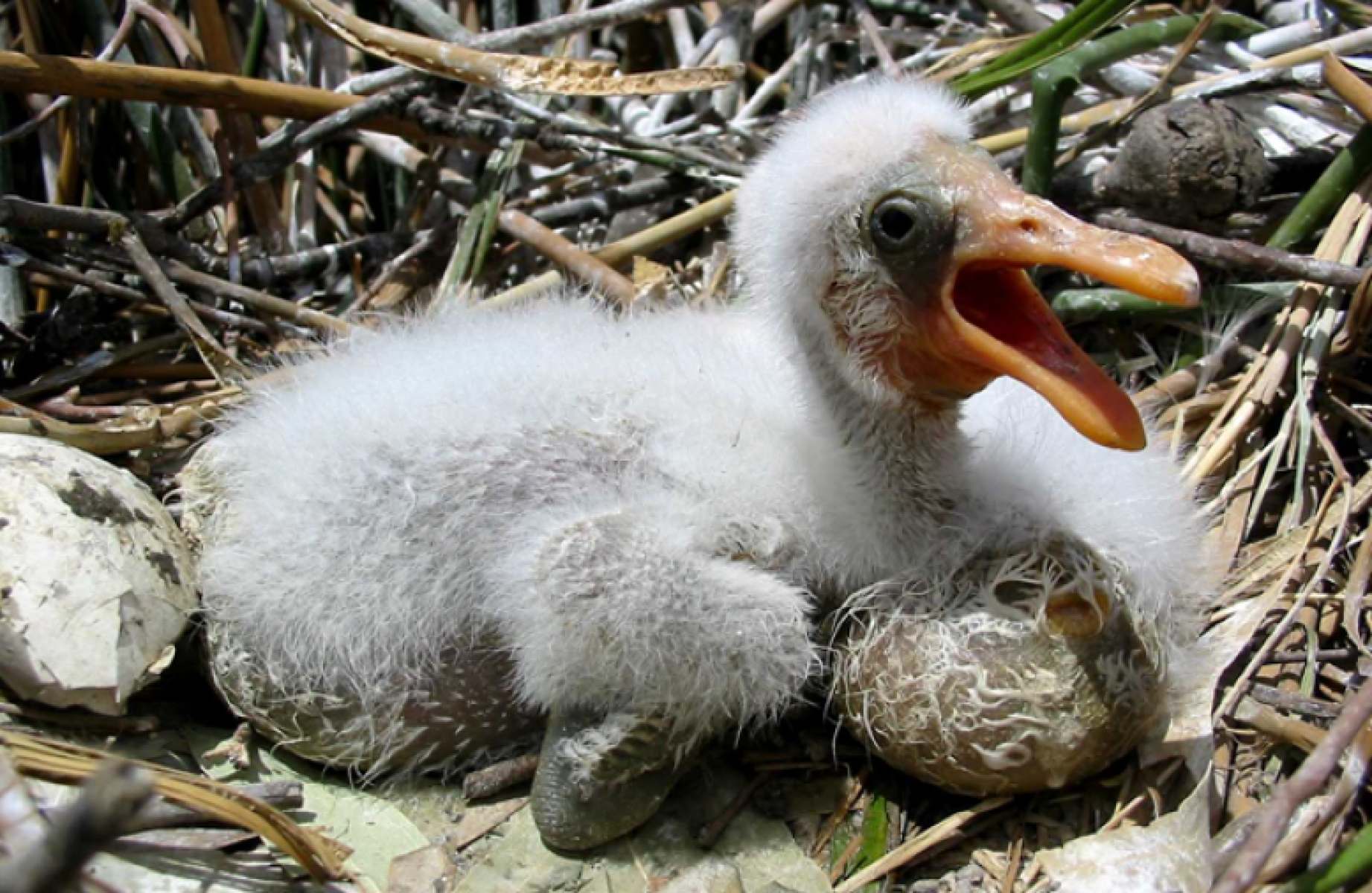On this page:
Why Victorian waterways need help
Northern Victoria has many waterways that form part of the Murray-Darling Basin. These waterways have varied environmental, economic, cultural and social benefits. But our growing industries and population have altered their natural state.
Dams and weirs divert the natural water flows so they can supply our cities and industries. We have diverted up to half of the natural water flows from some Victorian rivers. As a result, our waterways can't function as they once did.
Without proper management, plant and animal communities are at risk of decline.

Water for the environment
Water for the environment can mean any water in a river or wetland that benefits the environment. But in the case of reservoirs or dams, we're talking about water that's set aside in storages.
Water for the environment helps return some of this water to our waterways. It can recreate the lost water flows and helps improve our waterways’ health. Not only this, but it greatly benefits the plants and animals that depend on them.
This water supports ecosystems and enhances the health of rivers, floodplains and wetlands. It supports aquatic plants and fringing vegetation such as river red gums and black box.
In turn, these trees stabilise the riverbanks and prevent damage from erosion and floods. They provide food and shelter for native insects, fish, frogs, reptiles, birds and mammals.
Victoria has invested in programs that monitor the outcomes of environmental watering. The findings show positive outcomes in many Northern Victorian rivers and wetlands.
Benefits of environmental watering to northern Victoria
Improving wildlife habitats
Native fish are doing well with increased abundance for many species. For example, the Campaspe River was severely affected by the Millennium Drought. Environmental water has improved the recruitment of large-bodied native fish such as:
- Murray cod
- Macquarie perch
- trout cod
- golden perch.

Supporting birds
Northern Victoria’s wetlands provide important habitat for Australian and migratory birds.
Wetlands that receive water for the environment are crucial breeding habitats for waterbirds.
Surveys recorded over 20,000 birds on many occasions after watering at Lake Cullen, part of the Kerang Wetlands Ramsar site. In November 2019, the survey recorded 32,000 individual birds.

Regrowing native vegetation
Vegetation is responding with better conditions and increases in some threatened species. In the Mackenzie River, the condition of riparian vegetation shows improvement.
River red gum and bottlebrush communities are healthier from environmental watering. This is because the flows have supported germination and the survival of seedlings.
Boosting frog populations
Many of the Murray floodplain wetlands provide habitat for several frog species, including the nationally threatened growling grass frog. Early indications show that frogs are responding well. Surveys recorded high abundance and diversity in frog species around:
- Kinnairds Swamp
- Horseshoe Lagoon
- McDonalds Swamp
- Johnsons Swamp
- Wirra-Lo Wetland Complex
- Kings Billabong.

Healthy riparian land
Complementary measures like control of stock grazing, feral animals and weeds, and fishways are working and are critical to realising the full benefits of environmental watering.
Catchment management authorities, the Victorian Environmental Water Holder and the Victorian Government are working together to support fish movement in priority waterways like the Ovens River and Gunbower Creek, where fishways will soon be built to allow fish to access hundreds of kilometres of prime habitat.
Victoria’s Basin Plan Report Card 2020 – Water for the Environment is Working demonstrates the critical role of environmental water in protecting and restoring the health of our waterways and the species that depend on them.
Basin Plan Report Card 2020
Page last updated: 08/09/23
